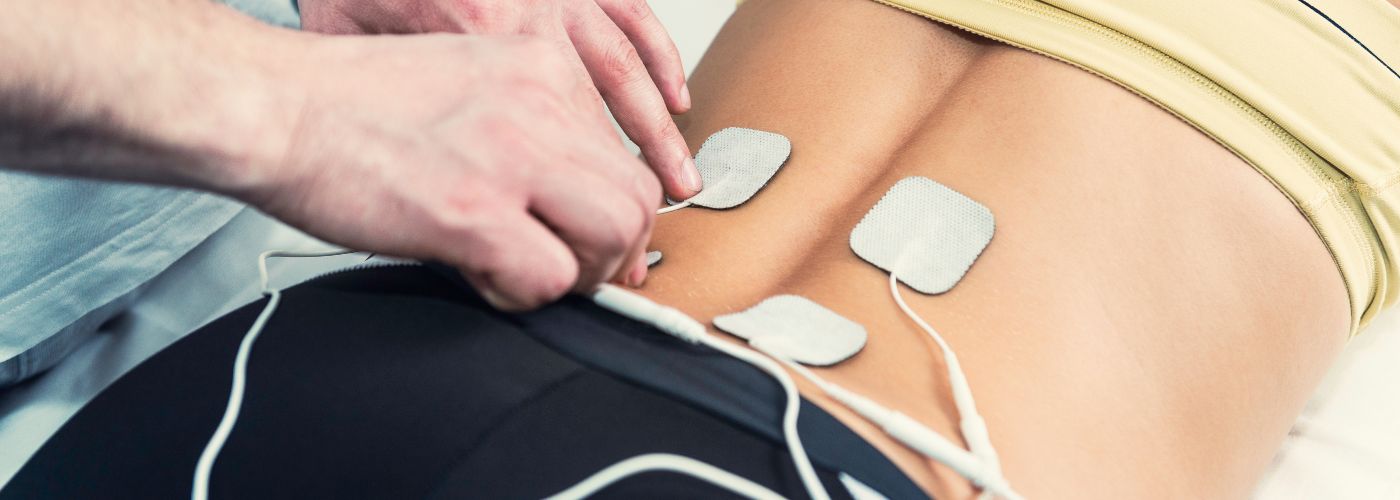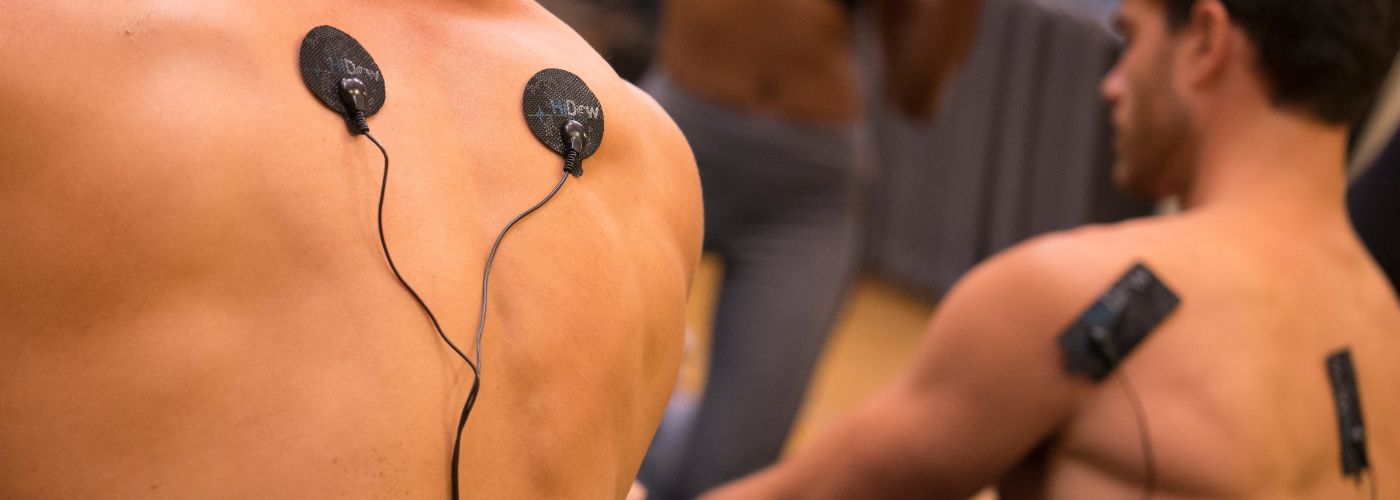Electric therapy, Is It Safe & Effective? Also known as electrotherapy, it is a type of physical therapy that uses electrical stimulation to relieve pain. It is a non-invasive and drug-free treatment option that is safe and effective for treating various conditions.
The non-invasive nature of electrotherapy makes it an ideal treatment option for those with injuries that have limited their range of movement. It is also a good treatment option for athletes trying to return to the game as soon as possible.
While electric therapy is an effective treatment option, some risks are associated. The most common side effect is skin irritation.
Other potential side effects include muscle soreness, joint pain, and headaches. It is important to talk to your doctor before beginning electric therapy to make sure it is the right treatment for you.
What is Electrical Muscle Stimulation (EMS)?
EMS is a form of electrotherapy that uses a mild electrical current to stimulate your muscles. It is commonly used in physical therapy and sports medicine. The current stimulates your muscles, which may increase your range of motion and decrease muscle pain.
What is Electric Therapy?

Electric therapy is a type of physical therapy that uses electrical stimulations to relieve pain. It is also known as electrotherapy, electrical stimulation therapy, or TENS. Electric therapy is effective in treating various types of pain, including back pain, neck pain, and joint pain.
Electric therapy sends electrical impulses through the skin to the nerves beneath. These electrical impulses help to block the pain signals from reaching the brain. Electric therapy is usually done with a device that emits low-voltage electric currents.
The therapist will place electrodes on the skin near the area of pain. The electrical impulses will then be sent through the electrodes and into the skin.
Electric therapy is generally considered safe when done by a qualified healthcare provider. It is now available to try at home with easy-to-use Hidow devices. There are some potential side effects, such as skin irritation, tingling, or muscle twitching.
Does Electric Therapy Build Muscle

Electric muscle stimulation (EMS) is a popular physical therapy treatment for various conditions and injuries. But does it help build muscle?
EMS involves attaching electrodes to the skin and delivering electrical impulses to the underlying muscles. This causes the muscles to contract, which can help to reduce pain, increase the range of motion, and improve blood circulation.
There is some evidence that EMS can help to build muscle, but it’s not clear how effective it is. A small study in 2016 found that EMS was associated with increased muscle size and strength in healthy young adults. However, more research is needed to confirm these findings.
If you’re considering EMS for muscle-building, speak to your doctor or physical therapist first. They can help you determine if EMS is right for you and create a customized treatment plan.
Does Electric Therapy, Hurt
Does electric therapy hurt? The short answer is no. Electric therapy, also known as electrotherapy, is a type of physical therapy that uses electrical stimulation to relieve pain.
Electric therapy works by sending electrical impulses to the muscles and nerves. These impulses help to reduce pain by blocking the pain signals from reaching the brain. Electric therapy is most commonly used to treat chronic pain, but it can also be used to treat acute pain and injuries.
Electric therapy: Is It Safe & Effective? It is generally safe and well-tolerated by patients. However, as with any type of treatment, there are some potential side effects that you should be aware of before starting treatment. These side effects may include skin irritation, muscle soreness, and headaches.
If you are considering electric therapy for your pain management, be sure to discuss it with your doctor or physical therapist first.

Related Stories
This Is Fibro. This Is Larry.
September is Pain Awareness Month. And we’re not here to give you medical definitions or...
Sep
Train Your Relaxation Reflex
How often do you find yourself struggling to switch off after a long day? With...
Aug
Back To School Fitness: Balancing Academics & Athletics
Most student athletes don’t have a motivation problem. They show up. They train hard. They...
Aug
How to Cope with a Sports Injury
Staying active helps your body stay strong. But sometimes, activity leads to pain, strain, or...
Jul
Red, White, and Soothe: How HiDow Helps You Recover in the Heat
Recovery that works in winter doesn’t always hold up in the heat. The body reacts...
Jul
Massage Gun Showdown: How the Power Duo Compares to Traditional Methods
Have you ever considered that a handheld device could revolutionize your muscle recovery? With the...
Jun